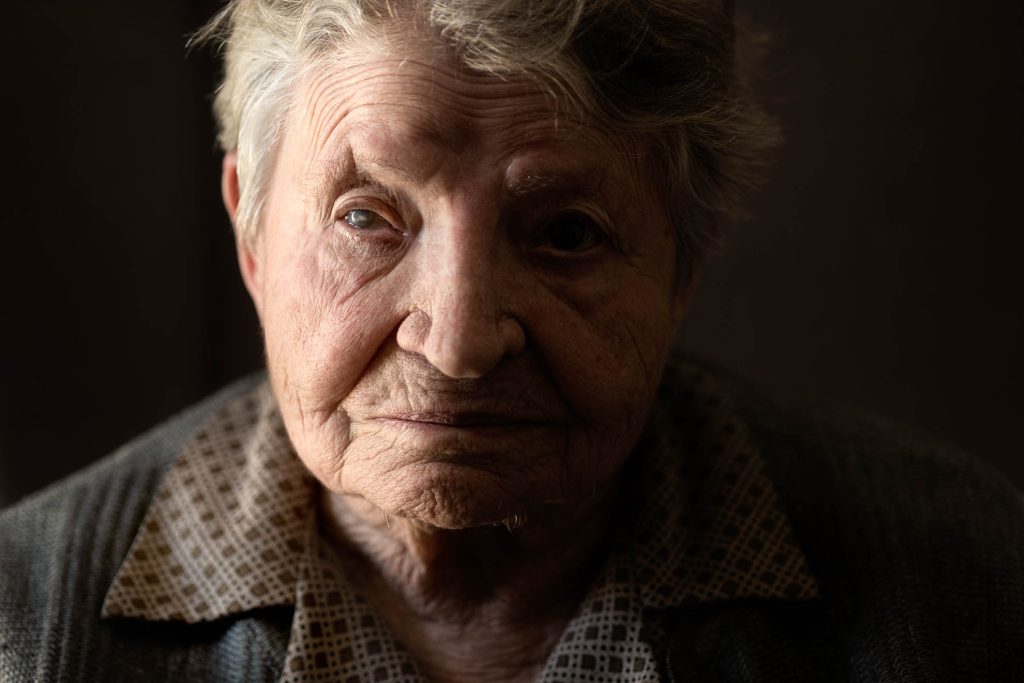If we had to choose an adjective to describe this year’s edition of the Luis Valtueña International Award, it would be “historic”. On one hand, because of the nature of the winning entry, Where oblivion may not dwell, by the Spanish photographer María Clauss, who makes visible the forgotten pastof the reprisals of the Spanish Civil War. The second reason is because – for the first time in the history of this Award – a woman has won the top prize.
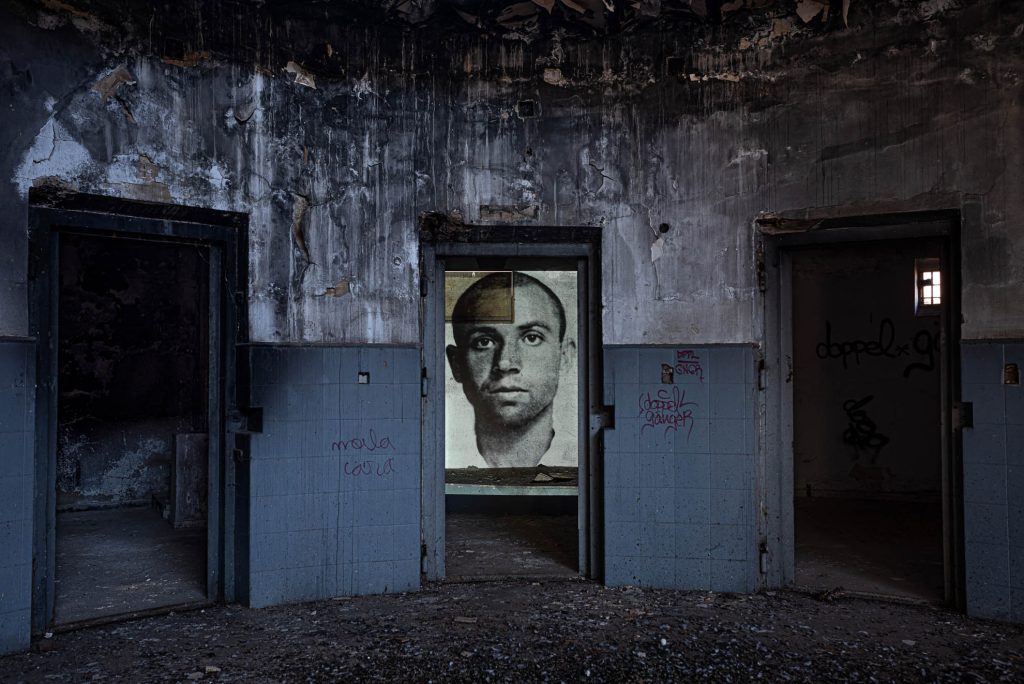
Through her work, Clauss takes us on an exercise of memory and reconstruction of the past. In this journey through time, she not only portrays key places in the province of Huelva, but also collects first-hand testimonies such as those of Juan, Dominga and Antonio. It is precisely this sight- in addition to its careful editing – that has won over the members of the jury for this edition, highlighting the importance of making visible a close but invisible reality that affects thousands of families and whose damage has not yet been repaired.
“The Luis Valtueña Award is the international showcase that demonstrates the importance of photography as an instrument of social transformation. Each award-winning image is and has been a call to raise collective awareness to make a fairer, more inclusive and sustainable world. This prize pushes me to understand that I have the best job in the world”, said María Clauss after receiving the news.
This year, 733 entries (6,531 images) were submitted and photographic series from 94 countries were received. The largest number came from Spain (79), Italy (60), India (48), Iran (41), Russia (41), France (31), USA (27), Germany (25), Argentina (24) and Bangladesh (24). The winner will receive a cash prize of 6,000 euros.
Three finalists and a special mention
With her work, Red Black White, the Armenian photographer Nazik Armenakyan turns the spotlight to another invisible reality: that of the women in her country with HIV – contracted from their husbands. Due to tradition, custom or religion, they cannot talk about what they are going through.
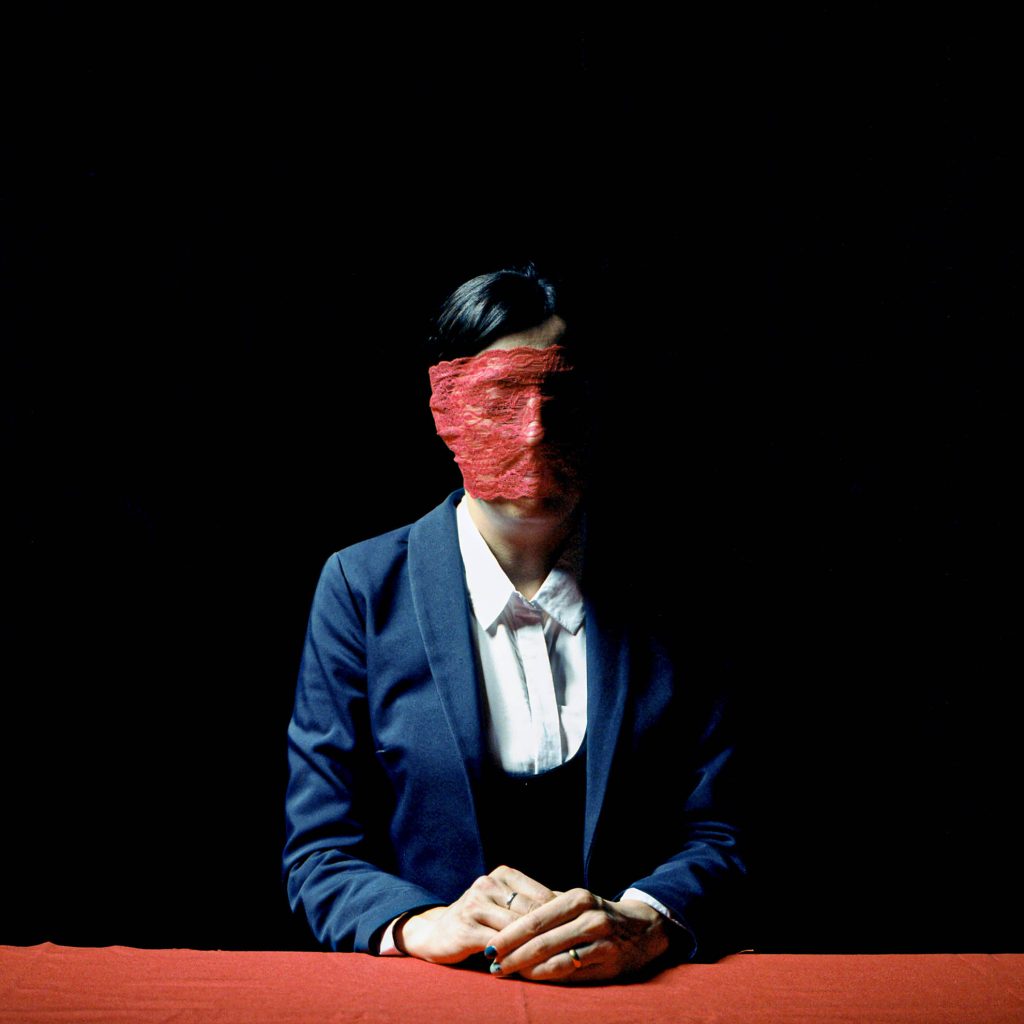
The dangerous crossing of the Darién Pass – a rugged jungle between South and Central America – was the focus of Colombian photographer Federico Ríos and was a finalist in this year’s edition. Migrants crossing the Darien Gap tells the dangers and obstacles that thousands and thousands of people, mostly from Venezuela, face every year to reach the American dream.
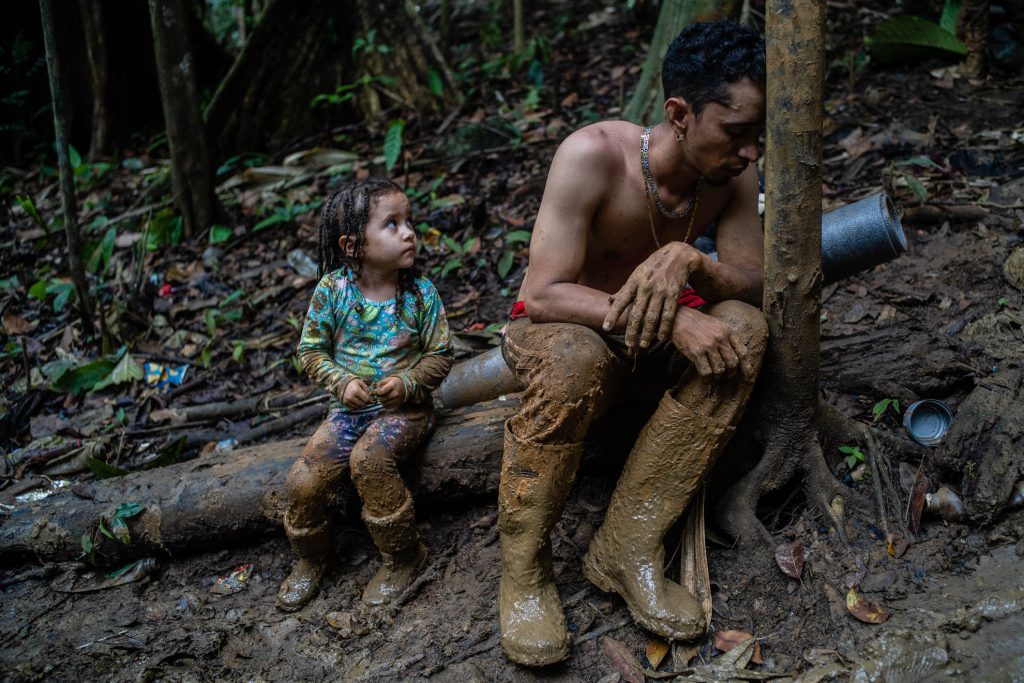
Santi Palacios, another of the finalists, takes us to Bucha, a Ukrainian city sadly famous for being a symbol of the violations of rights perpetrated during this armed conflict. The Bucha massacre captures the feelings and sights immediately after the departure of Russian troops from this city and documents a scenario in which the traces of war crimes are visible.
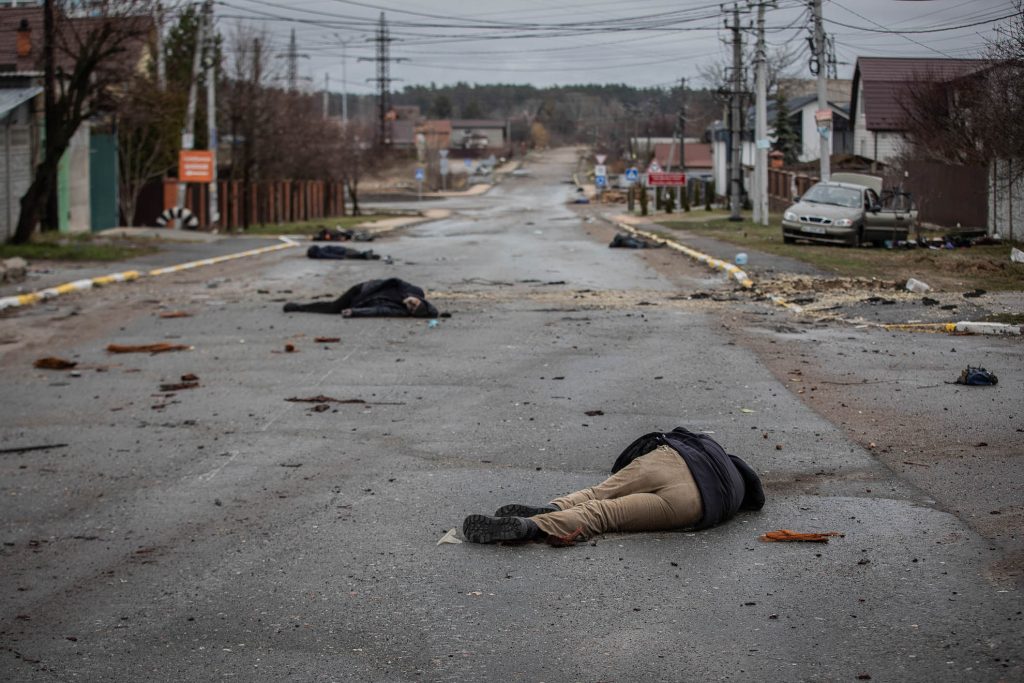
“In Bucha, civilians suffered a month of military occupation by Russian troops and in Bucha the Russian troops committed war crimes: they raped, tortured and murdered hundreds of the town’s residents. These photographs depict scenes that should never have happened and I am grateful for this opportunity to exhibit them, to show them and to help us not to forget what happened”, says Santi Palacios.
The jury also wanted to give a special mention this year to the work Screw you, cancer by the Mexican photographer Sáshenka Gutiérrez. The entry shows the story of Sandra, a cancer survivor who underwent a double mastectomy due to the disease and who decided not to have a breast reconstruction. Through her story, she makes visible the scars left by this disease and questions the beauty standards of today’s society.

An edition with a strong female protagonism
Photojournalism, as many other disciplines, has traditionally been dominated by male names. But something is changing. In the 26 years of the Luis Valtueña International Award for Humanitarian Photography, we have witnessed how women have gradually conquered this field as well.
Proof of this is this 26th edition, which has maintained last year’s percentage of female participation – more than 30%, a higher figure than in other international competitions – and where, for the first time in the history of the Award, a woman has won the top prize. One of the finalists and the jury’s special mention also went to women.
A top international jury
Once again this year, the Luis Valtueña International Award for Humanitarian Photography has had the support of renowned professionals in the field of photojournalism who have given their time and knowledge unselfishly in favour of the competition. The jury for the 26th edition was made up of photojournalists Emilio Morenatti, Rodrigo Abd and Walter Astrada; documentary photographers Carole Alfarah and Lurdes R. Basolí; and the executive director of Médicos del Mundo, Francisco Carrasco.
Exhibition and awards ceremony
The exhibition of the winning works and the prize-giving ceremony will take place in mid-2023, after which the winning images will be shown in different Spanish cities.
